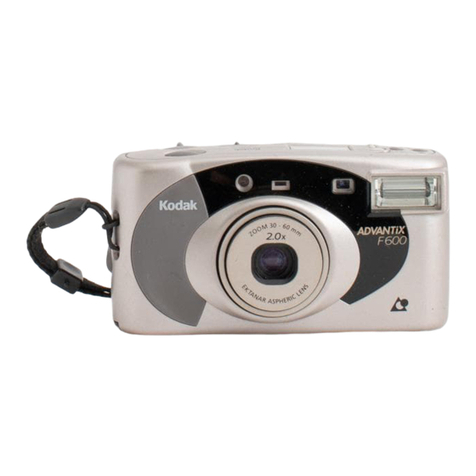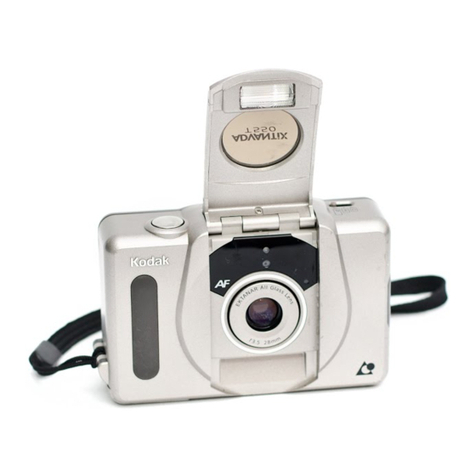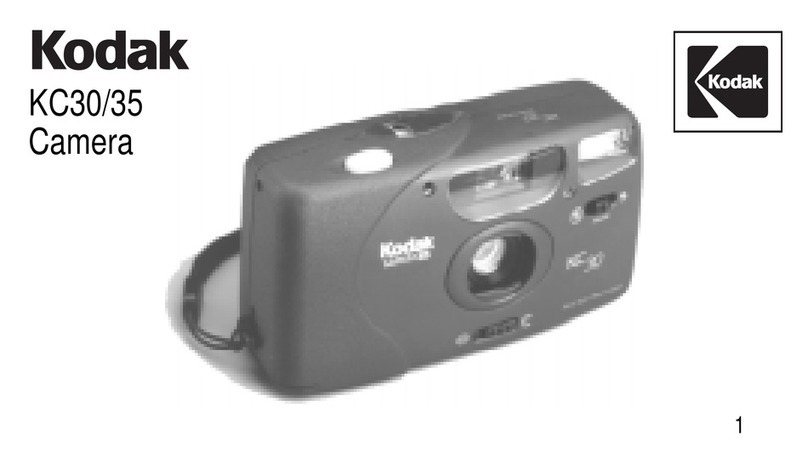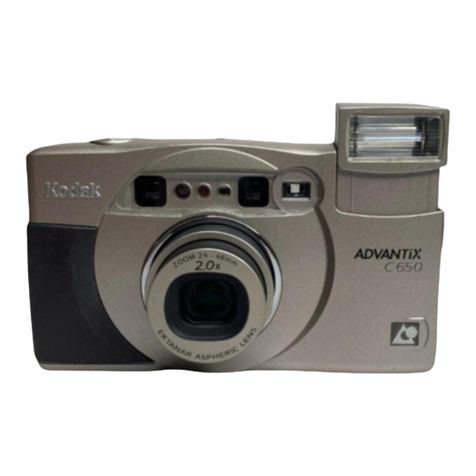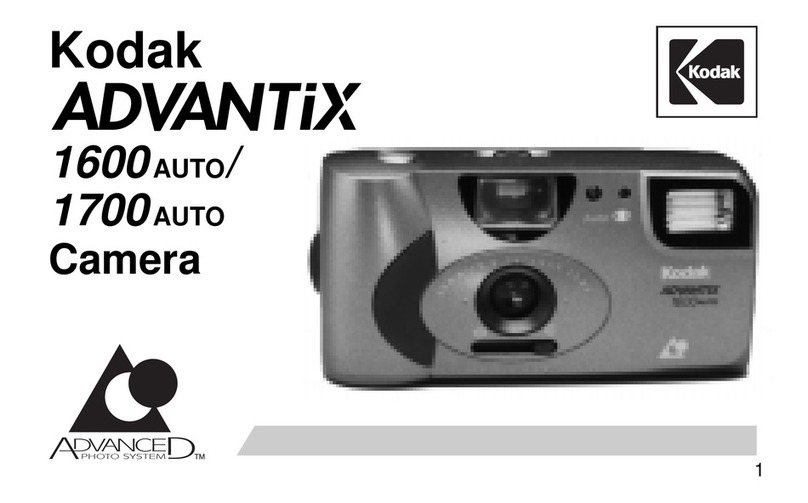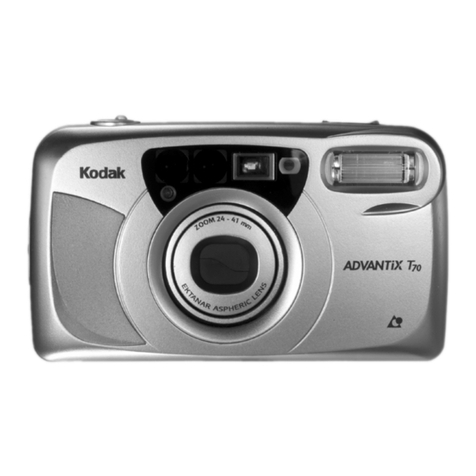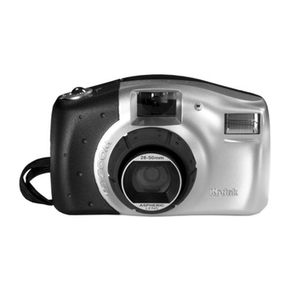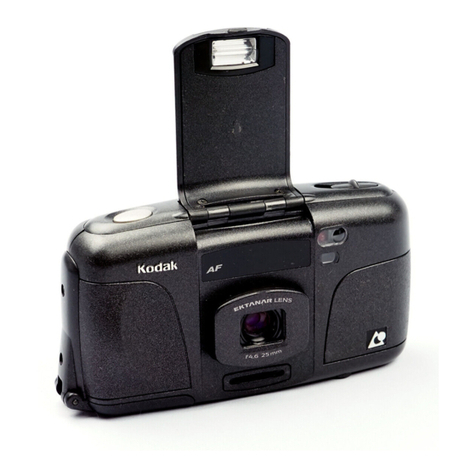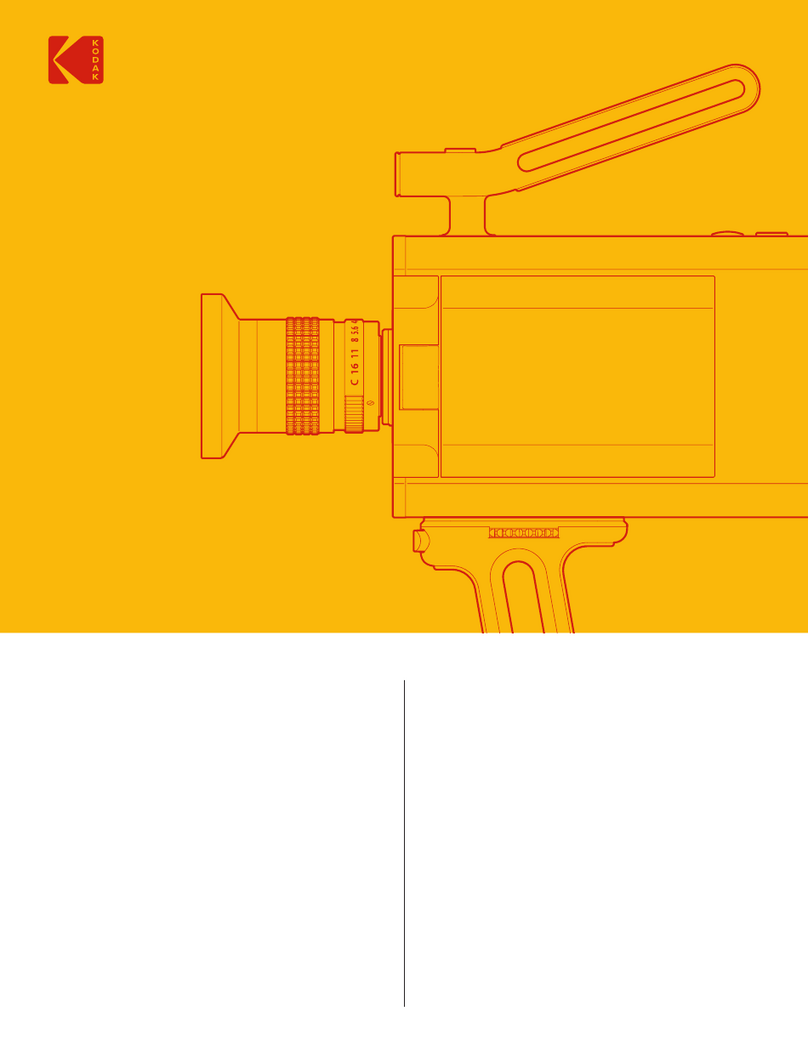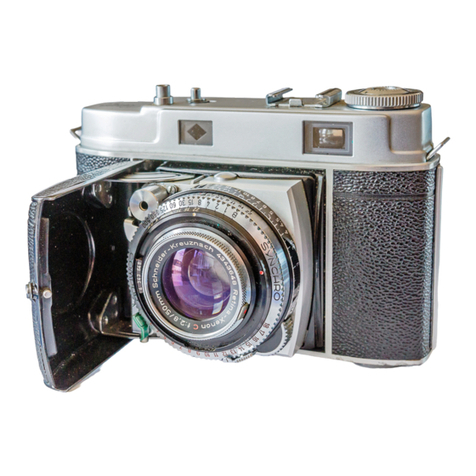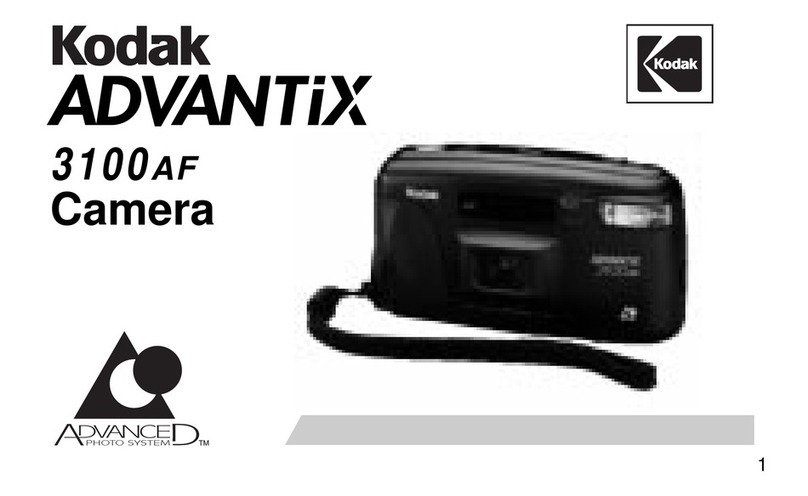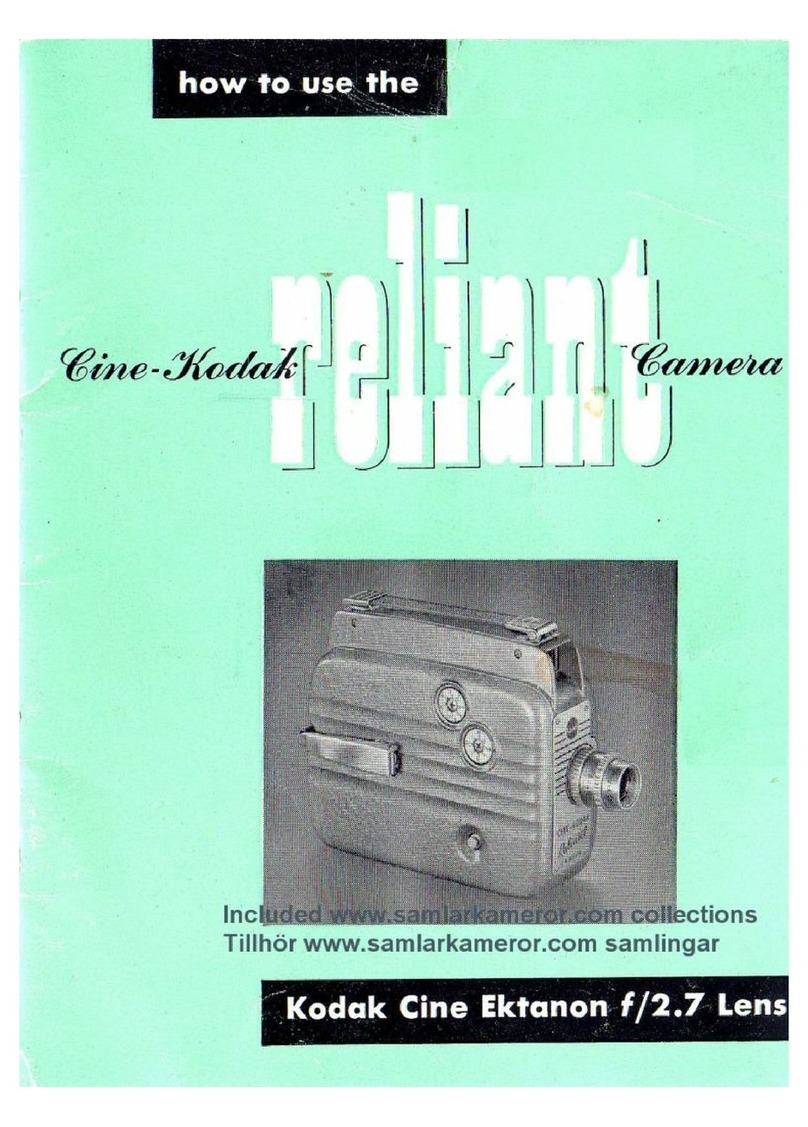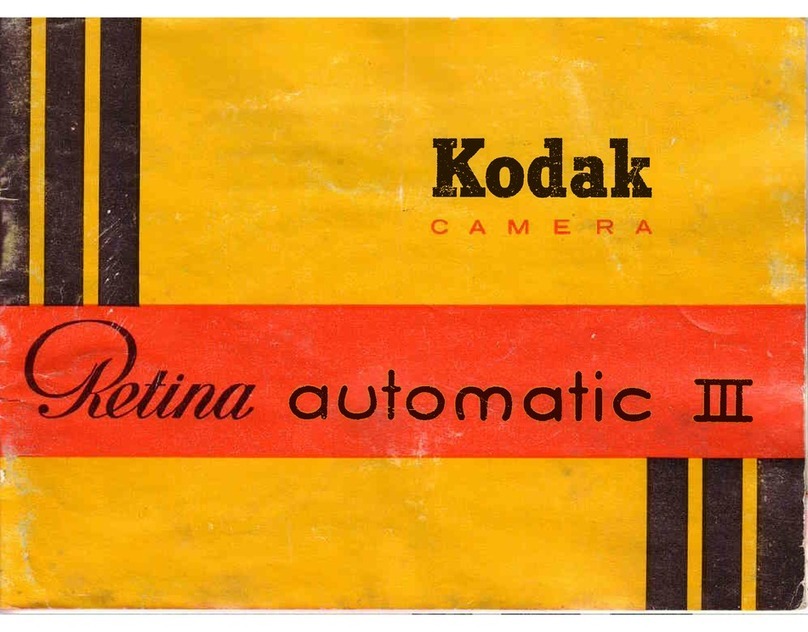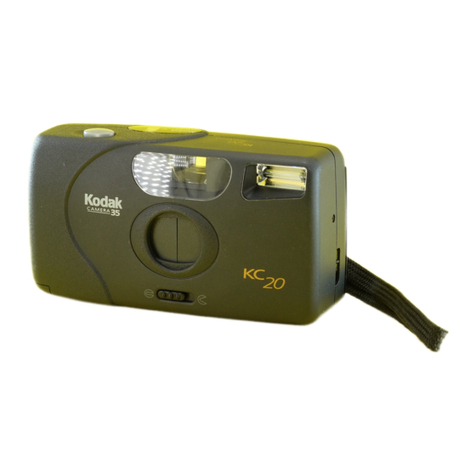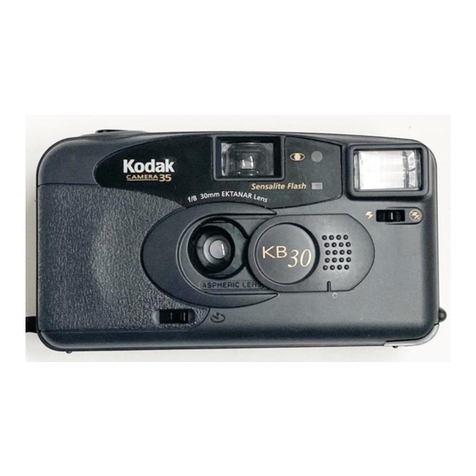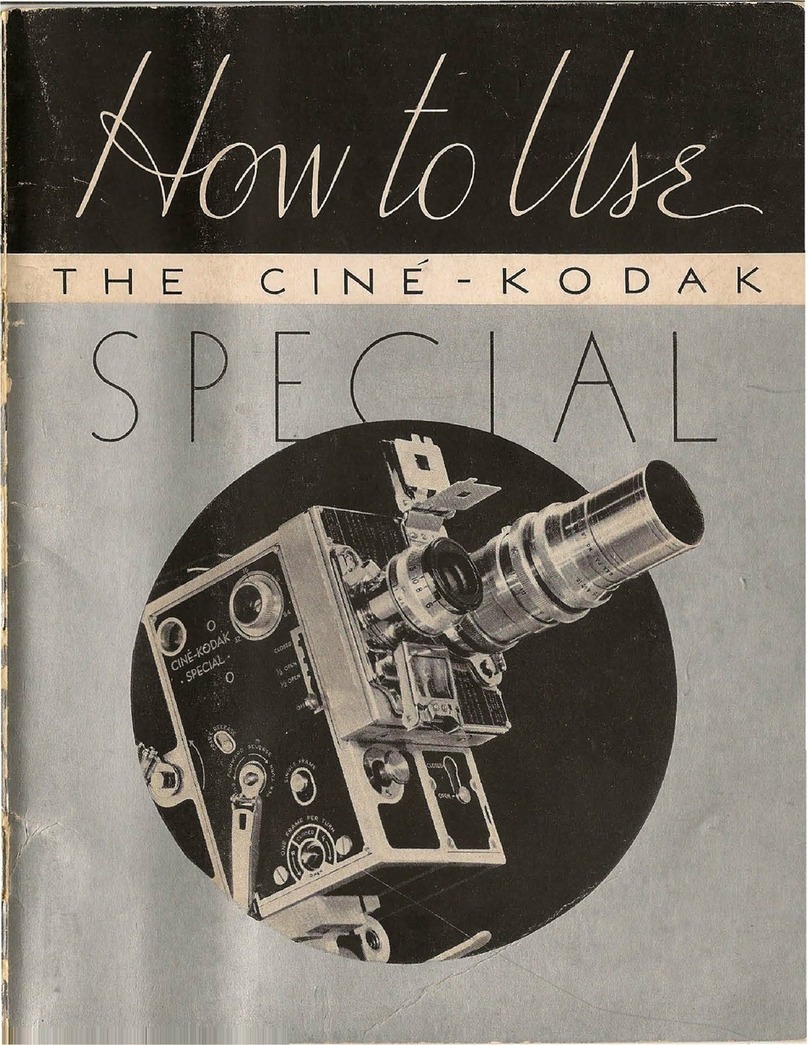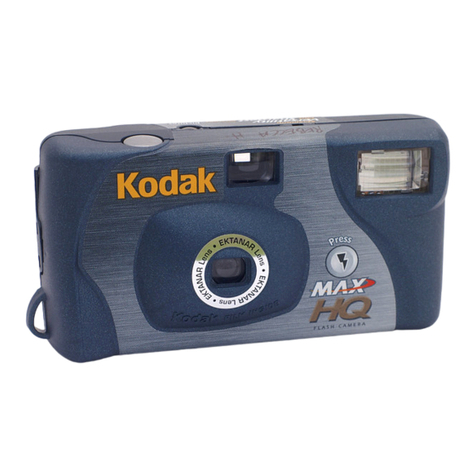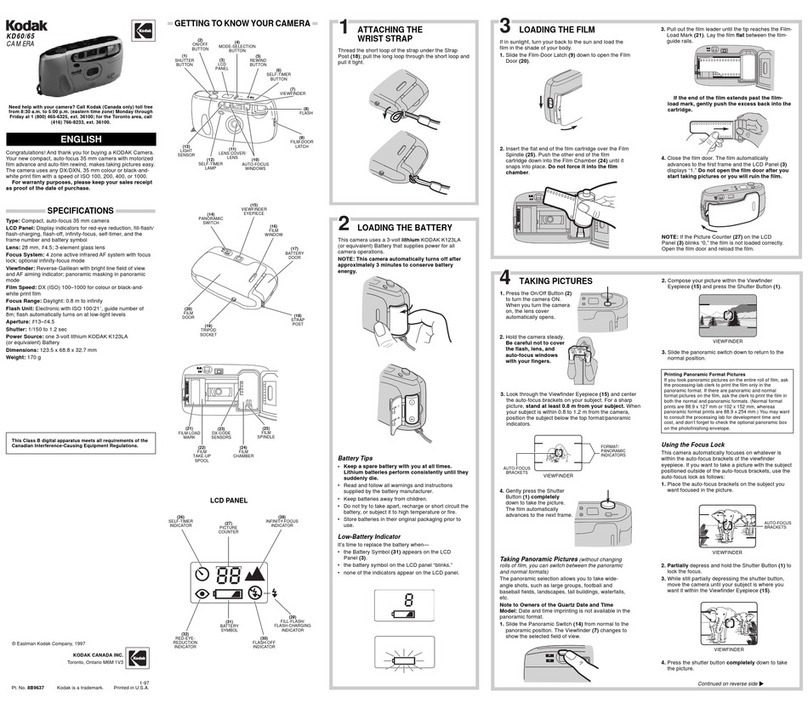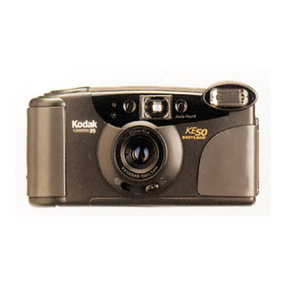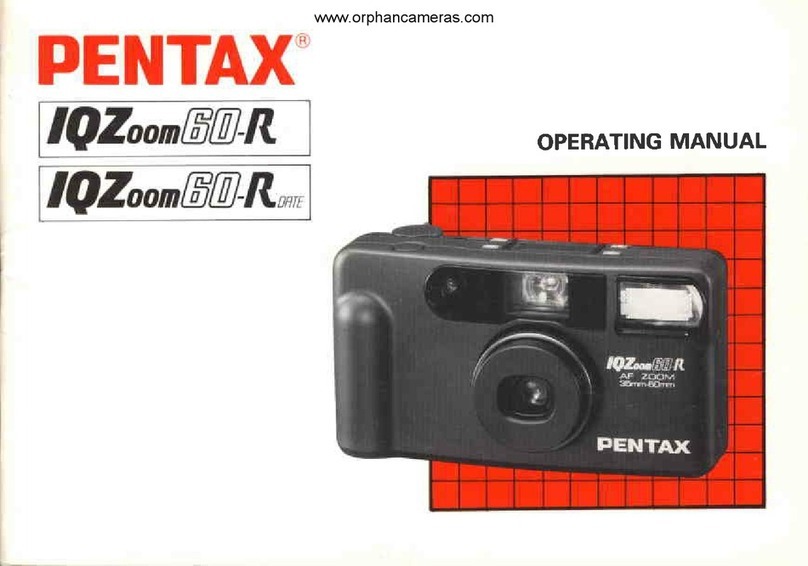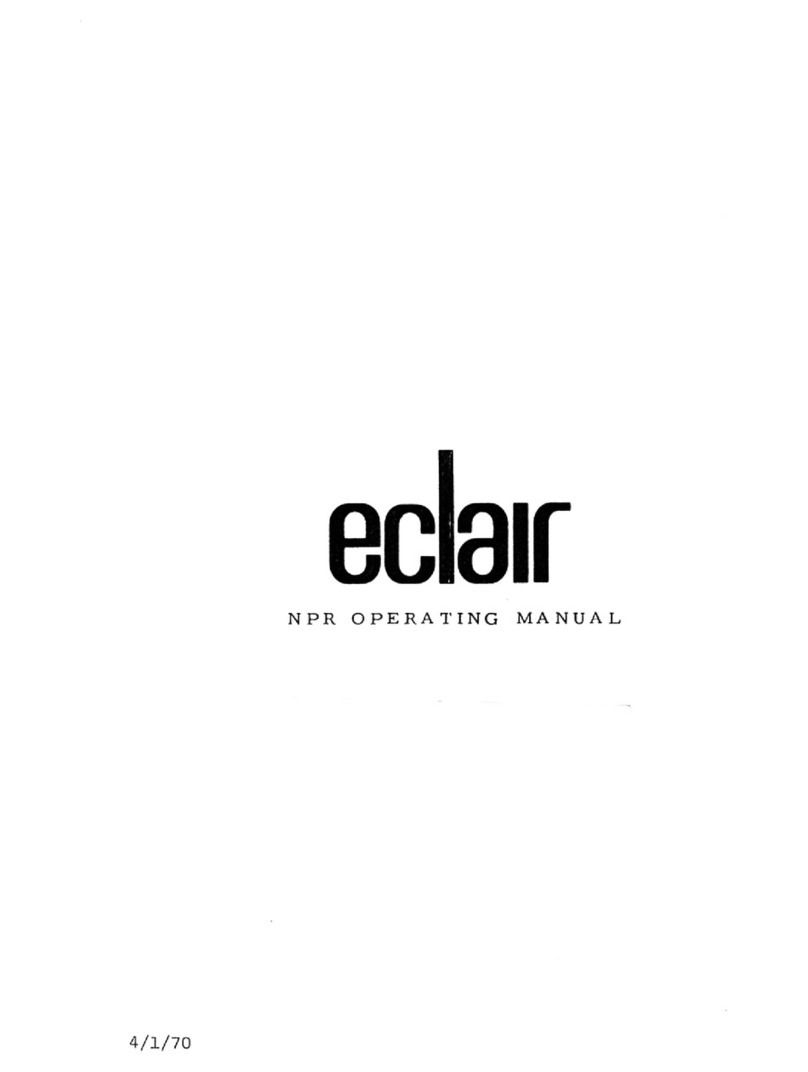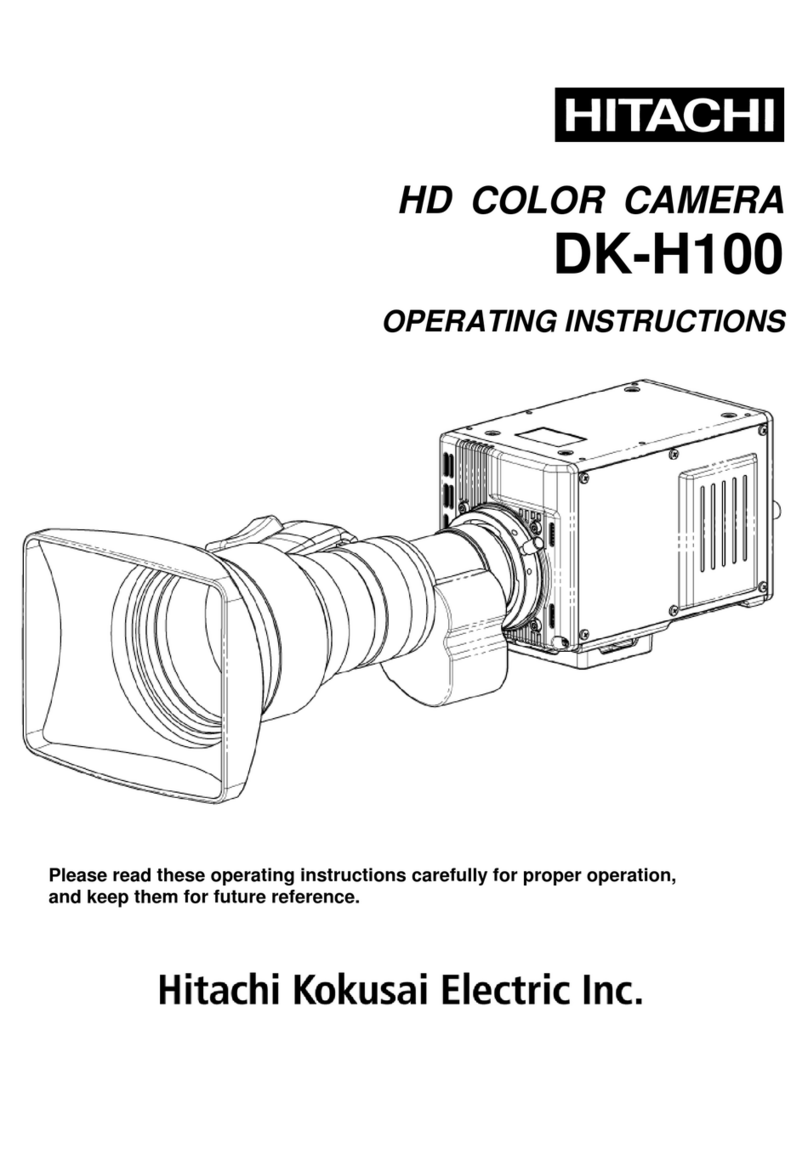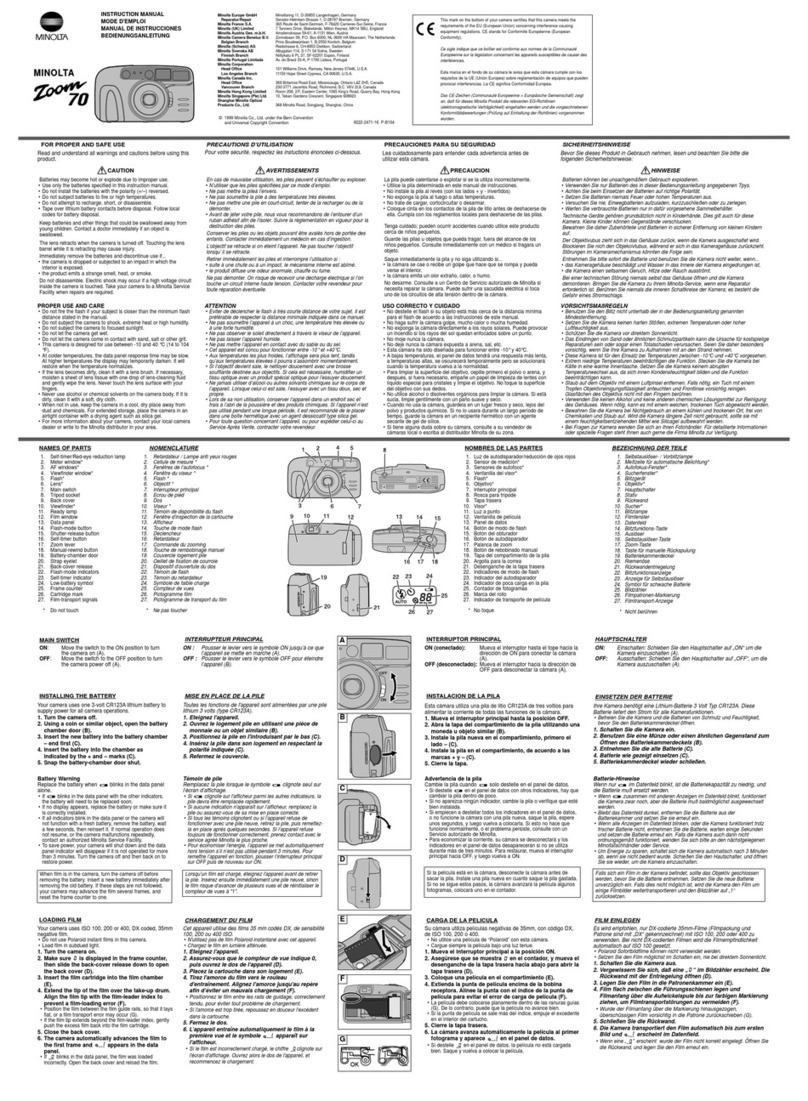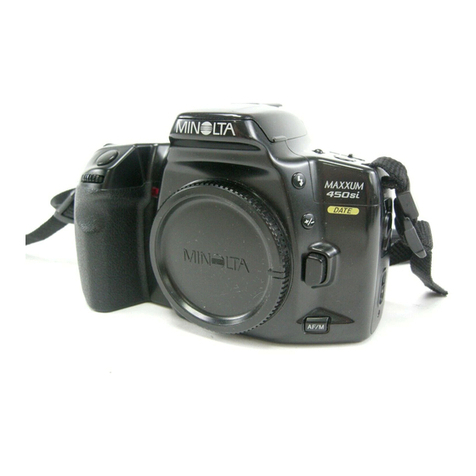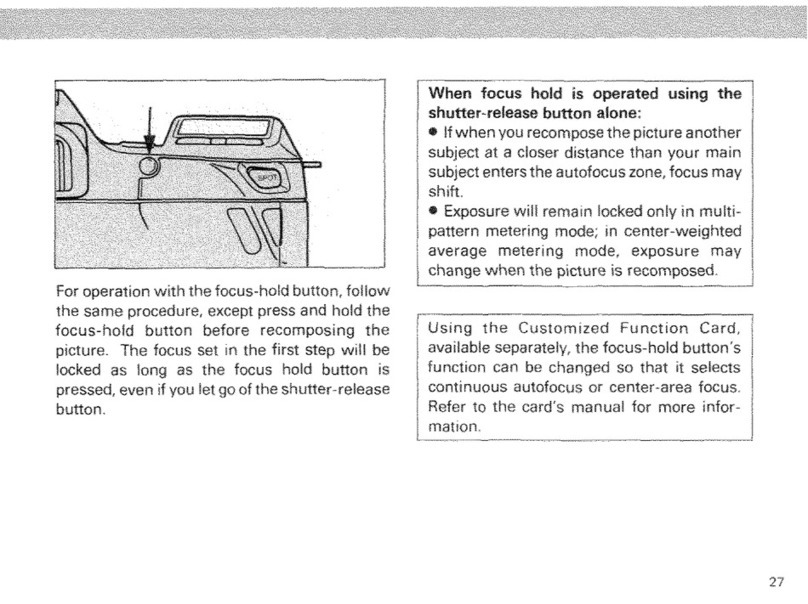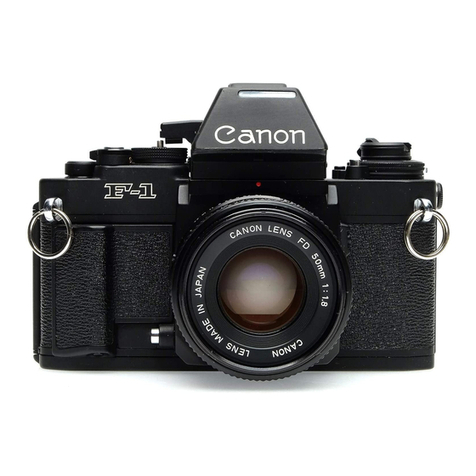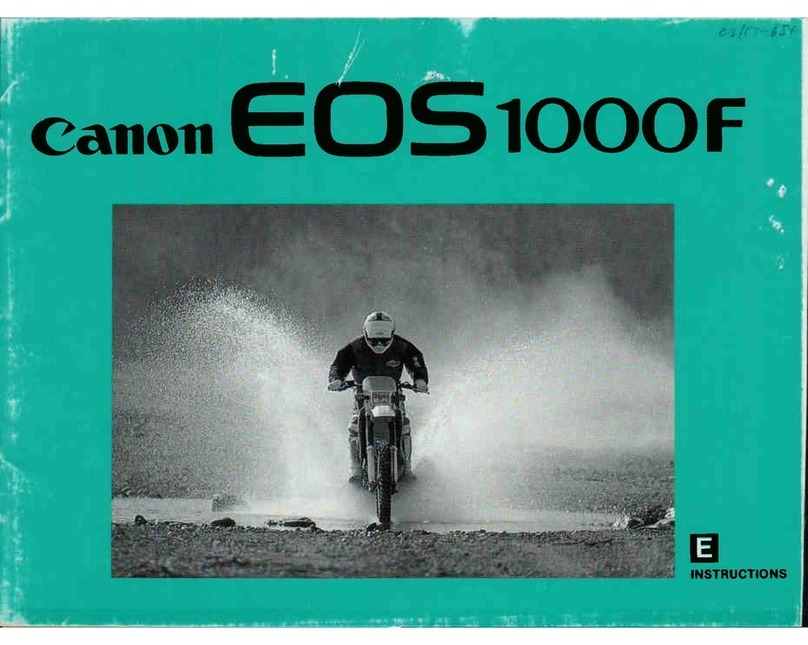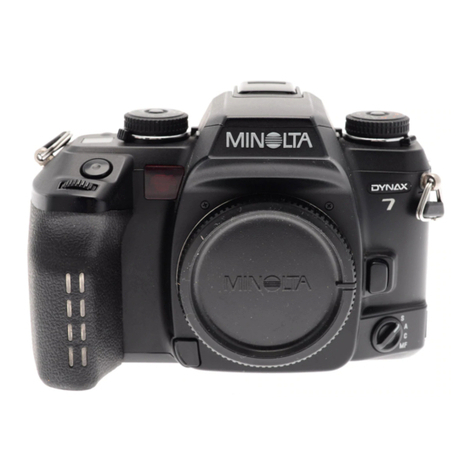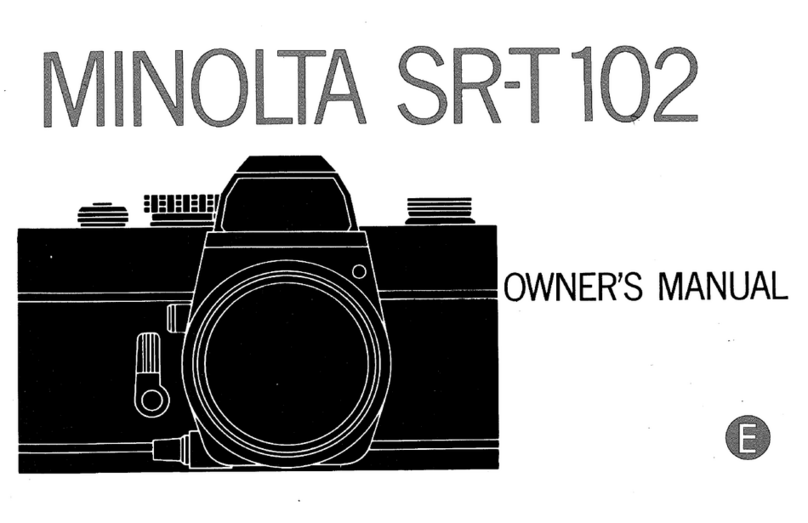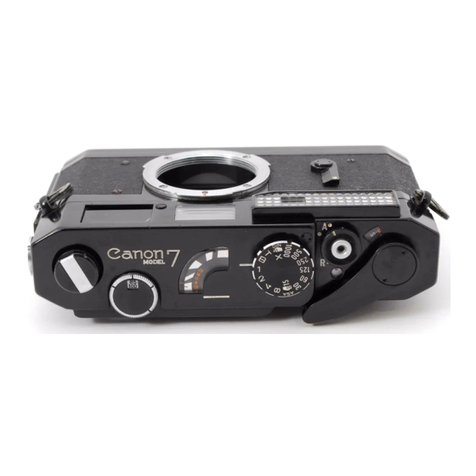
Snapshots"
For all ordinary Instantaneous Exposures
First-Move the lever A to 25 or 50 (represent-
ing the speeds of the shutter), according to the
time of instantaneous exposure desired. This ad-
justs the shutter for Instantaneous Exposures.
Second-Move the lever B to U.S. 8. Lever
B controls the iris diaphragm and U.S. 8 is the
proper opening for ordinary outdoor work, such as
street scenes,nearby views, etc., when the subject
is in bright sunshine, using speed 25.
Third-Press the push-pin of the cable releaseD
or push down the exposure lever C. Tbis makes
the exposure. Be sure to hold the camera rigid,
a slight jar will cause a blurred negative.
t2
Time Exposures
First-Move the lever A to the point "T" (time).
This adjusts the shutter for Time Exposures.
' Second-Move the lever B to U.S. 4, 8, 16, 32
or 64, according to the time of the exposure and
the nature of the subject. See instructions for
the use of the diaphragms or stops as given on
page 17, also the table for making Interior Time
Exposures on pages 32 and 33, and the table for
Time Exposures Outdoors, page 36.
Third-Press the push-pin of the cable release D
or push down the exposure lever C. This opens
the shutter. Time the exposure by a watch. Again
press the push-pin or the exposure lever. This
closes
the shutter.
Bulb Exposures
When it is necessary to make a very short time
exposure this is best accomplished by making a
"Bulb" Exposure.
' First-Move the lever A to the point "8" (bulb).
This adjusts the shutter for "Bulb" Exposures.
Second-Move the lever B to U.S. 4, 8, 16, 32
or 64. See instructions for the use of the dia-
phragms or stops as given on page 17, also the
table for making Interior Time Exposures on pages
32 and 33, and the table for Time Exposures Out-
doors, page 36.
Third-Press the push-pin of the cable release D
or push down the exposure lever C, to open the
shutter, and release it to close the shutter. Th,is
makes the exposure. The shutter will remain open
as long as the push-pin or the exposure lever is
under pressure.
Important-Nezter oil, the shutter. In case of
accident, return the camera to your dealer or to us
for repairs.
13
AS
-{' *
